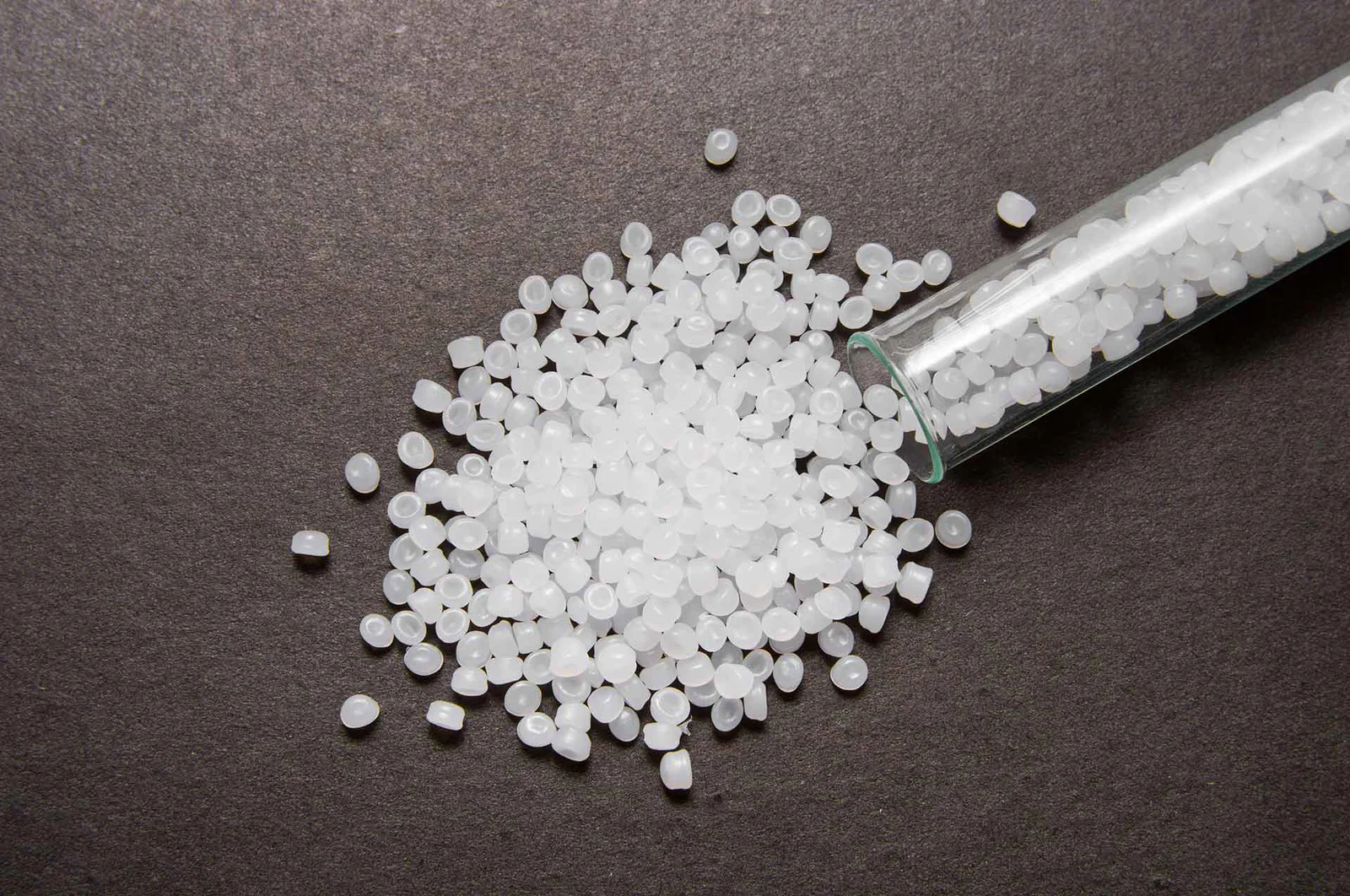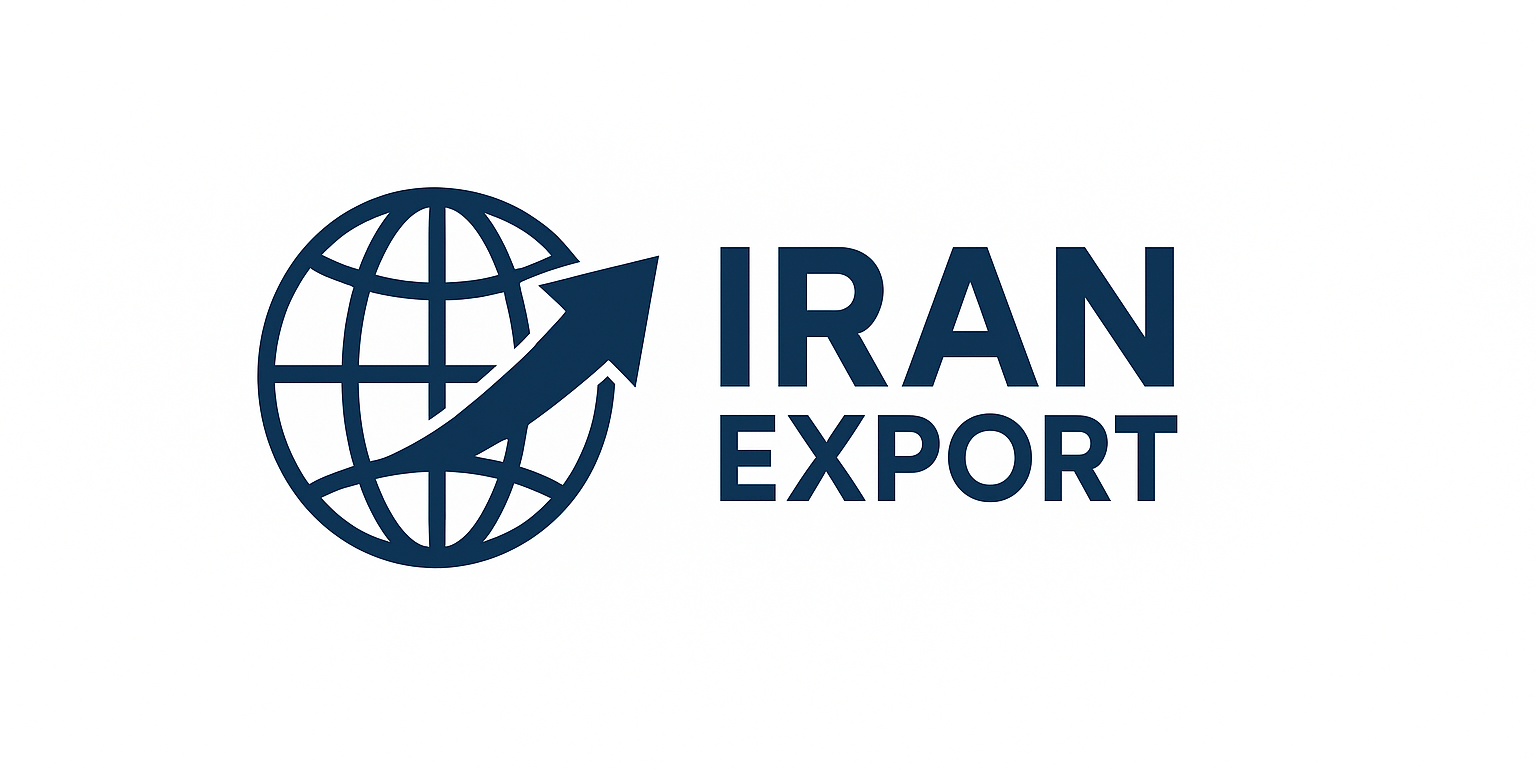
Iran’s Polyethylene Export Advantages in Packaging and Construction Industries
Discover why Iran’s polyethylene exports offer cost, quality, and strategic advantages for packaging and construction industries worldwide.
Introduction
Polyethylene (PE) is one of the most widely used polymers in the world, forming the backbone of modern packaging, construction, and manufacturing industries. With global demand steadily increasing, Iran has emerged as a competitive exporter of polyethylene, leveraging its abundant resources, strategic location, and growing petrochemical capabilities. This article explores the advantages of Iran’s polyethylene exports, focusing on its role in packaging and construction industries, while highlighting future opportunities and market trends.
The Global Importance of Polyethylene
Polyethylene is essential due to its versatility, durability, and cost-effectiveness. It comes in multiple grades, primarily HDPE (High-Density Polyethylene) and LDPE (Low-Density Polyethylene), each serving distinct applications:
-
Packaging industry: Flexible films, containers, bottles, and protective wrapping.
-
Construction industry: Pipes, insulation, geomembranes, and building materials.
The consistent rise in demand for packaged goods, sustainable materials, and infrastructure projects makes polyethylene one of the most traded petrochemical products worldwide.
Iran’s Competitive Edge in Polyethylene Production
1. Abundant Feedstock Resources
Iran possesses the world’s second-largest natural gas reserves, offering a stable and low-cost supply of ethylene feedstock for polyethylene production. This cost advantage allows Iranian producers to remain competitive even in price-sensitive markets.
2. Strategic Geographical Location
Situated at the crossroads of Asia, Europe, and the Middle East, Iran enjoys proximity to high-demand markets, including China, India, and Southeast Asia, as well as growing construction sectors in the Middle East and Africa.
3. Expanding Petrochemical Infrastructure
With massive petrochemical complexes in Assaluyeh, Mahshahr, and other industrial hubs, Iran is continuously increasing its polyethylene production capacity, targeting both domestic development and export growth.
4. Competitive Pricing and Flexible Supply
Due to lower production costs and strong government focus on petrochemical exports, Iran can offer competitive pricing and flexible supply contracts, making it an attractive partner for importers worldwide.
Polyethylene in Packaging: Why Iran Matters
The global packaging industry is experiencing exponential growth, fueled by e-commerce, retail expansion, and rising consumer demand for sustainable solutions.
Iran’s polyethylene exports play a crucial role in this sector due to:
-
High-quality film-grade PE suitable for food packaging, shrink wraps, and stretch films.
-
Cost efficiency that benefits large-scale packaging manufacturers.
-
Consistent supply that supports industries in China, India, and Turkey.
-
Growing adoption of recyclable PE materials aligning with global sustainability trends.
As companies move toward lightweight, durable, and eco-friendly packaging, Iran’s PE production aligns well with global requirements.
Polyethylene in Construction: A Growth Opportunity
The construction industry relies heavily on polyethylene for long-lasting and durable solutions. Iran’s exports are particularly important in this sector because of:
-
HDPE Pipes: Widely used in water distribution, sewage, and gas transmission.
-
Insulation and Sheets: Essential for energy efficiency in modern buildings.
-
Geomembranes: Used in infrastructure, waste management, and environmental protection projects.
-
Durability and Resistance: Iranian PE products offer resistance to chemicals, moisture, and environmental stress, making them highly reliable in construction.
With major infrastructure projects underway in Asia, Africa, and the Middle East, demand for polyethylene in construction is expected to rise, creating long-term opportunities for Iranian exporters.
Key Export Markets for Iran’s Polyethylene
-
China: The largest importer of PE, driven by packaging and MTO (methanol-to-olefins) industries.
-
India: Rapid urbanization and growth in packaging drive demand.
-
Turkey and Eastern Europe: Strategic buyers due to proximity and competitive Iranian supply.
-
Africa: Infrastructure projects and rising consumer demand create new opportunities.
By maintaining strong trade partnerships, Iran secures its position as a reliable PE supplier across these regions.
Global Trends Impacting Polyethylene Trade
1. Sustainability and Circular Economy
Demand for recyclable and bio-based polyethylene is growing worldwide. While Iran currently focuses on fossil-based PE, investing in green alternatives can ensure long-term competitiveness.
2. Rising Demand in E-commerce and Retail
The expansion of global e-commerce boosts demand for packaging-grade polyethylene films, strengthening Iran’s export opportunities.
3. Infrastructure Growth in Emerging Economies
Urbanization in Asia and Africa drives demand for construction-grade polyethylene, from pipes to insulation.
4. Geopolitical and Trade Challenges
Sanctions and restrictions occasionally impact Iran’s petrochemical exports. However, regional partnerships, competitive pricing, and alternative trade routes help sustain export flows.
Challenges Facing Iran’s Polyethylene Exports
Despite strong advantages, Iran faces challenges such as:
-
Sanctions and financial restrictions limiting direct access to some Western markets.
-
Global competition from Saudi Arabia, China, and North America.
-
Logistical constraints, including port and transportation infrastructure.
-
Sustainability pressure, requiring investment in recycling and eco-friendly PE production.
Future Outlook
The outlook for Iran’s polyethylene exports remains positive and promising. Rising demand for packaging and construction materials globally ensures continued market opportunities. By investing in sustainability, expanding petrochemical capacity, and strengthening logistics, Iran can further consolidate its role in the global polyethylene supply chain.
Conclusion
Iran holds a strategic advantage in polyethylene exports thanks to its abundant natural gas reserves, competitive production costs, and growing petrochemical infrastructure. Its polyethylene products are vital to the packaging and construction industries, where demand continues to grow worldwide.
While challenges such as sanctions and global competition remain, Iran’s competitive pricing, strategic location, and expanding export markets highlight its potential as a long-term, reliable supplier of polyethylene.
For international buyers seeking cost-effective, high-quality, and versatile polyethylene solutions, Iran stands out as a significant and competitive source.

